CARB scrap-and-replace incentive program Clean Cars 4 All reaches 10,000th participant milestone
Green Car Congress
FEBRUARY 26, 2021
There is strong consumer demand for Clean Cars 4 All (CC4A) which incentivizes lower-income California drivers to scrap their older, high-polluting cars and replace them with clean cars. Drive Clean in the San Joaquin, San Joaquin Valley Air Pollution Control District: 2,894 participants. miles per gallon.






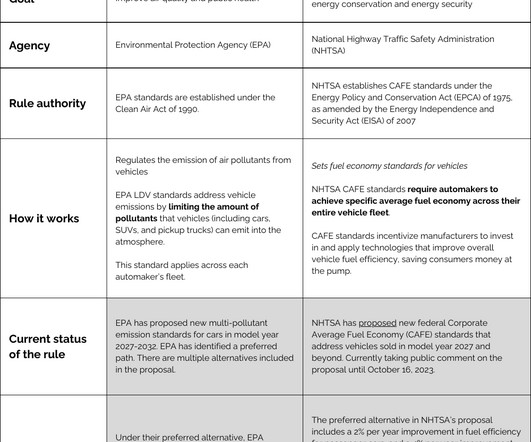




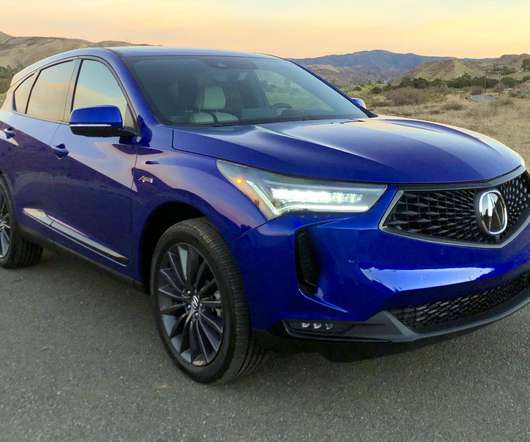


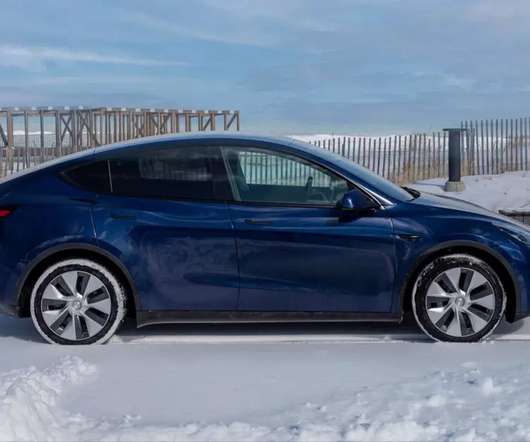

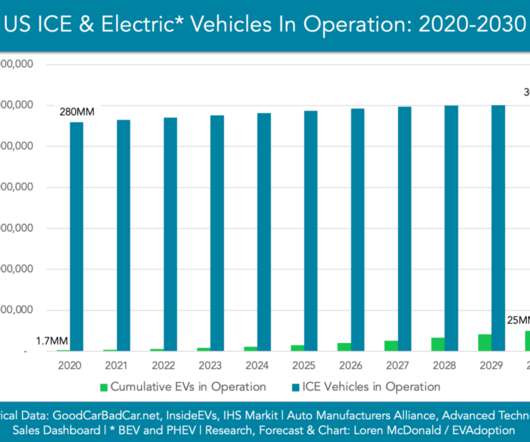

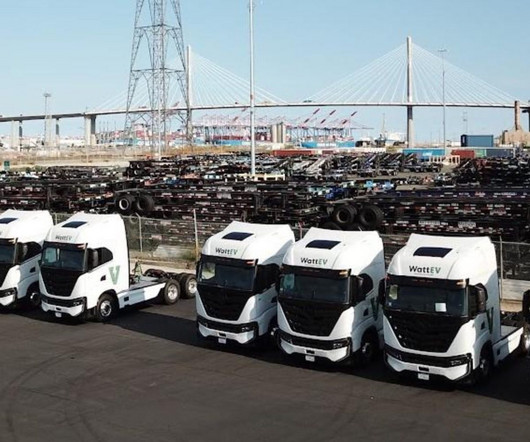

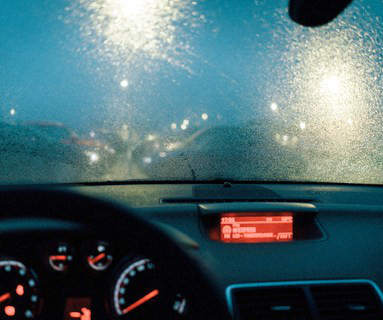

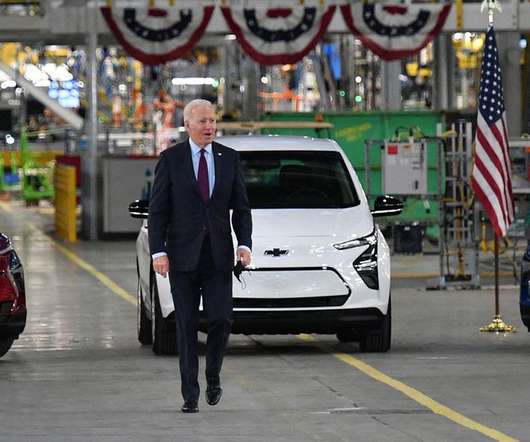




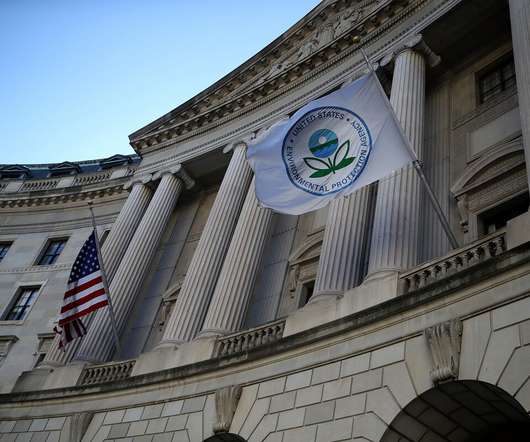

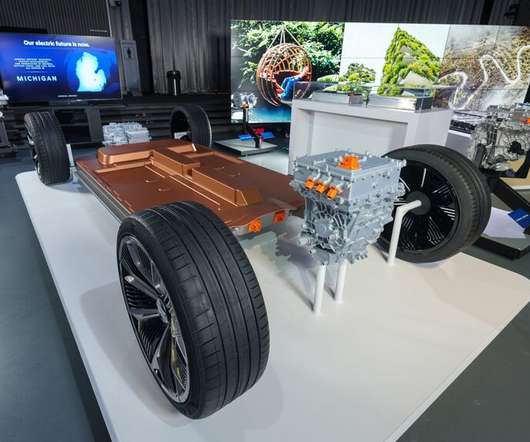






Let's personalize your content